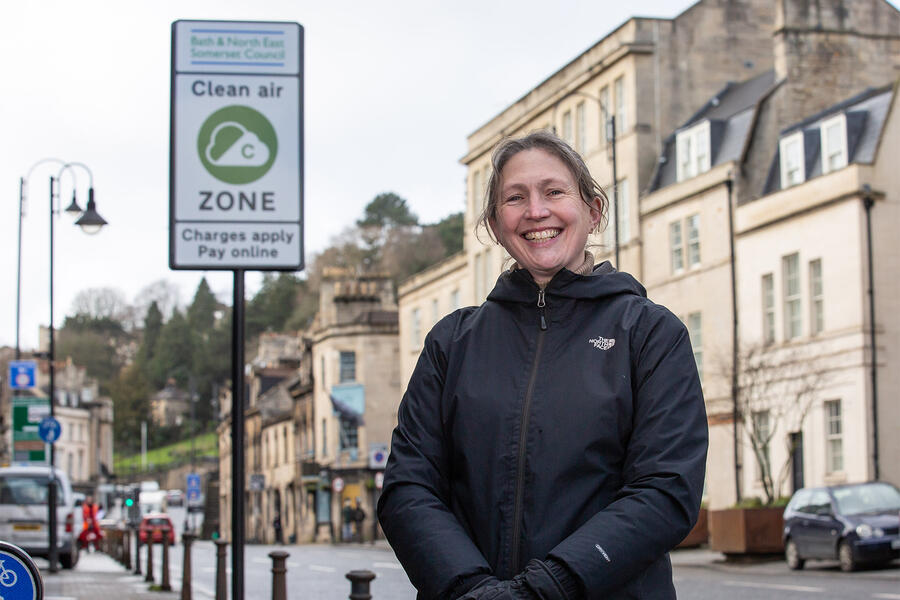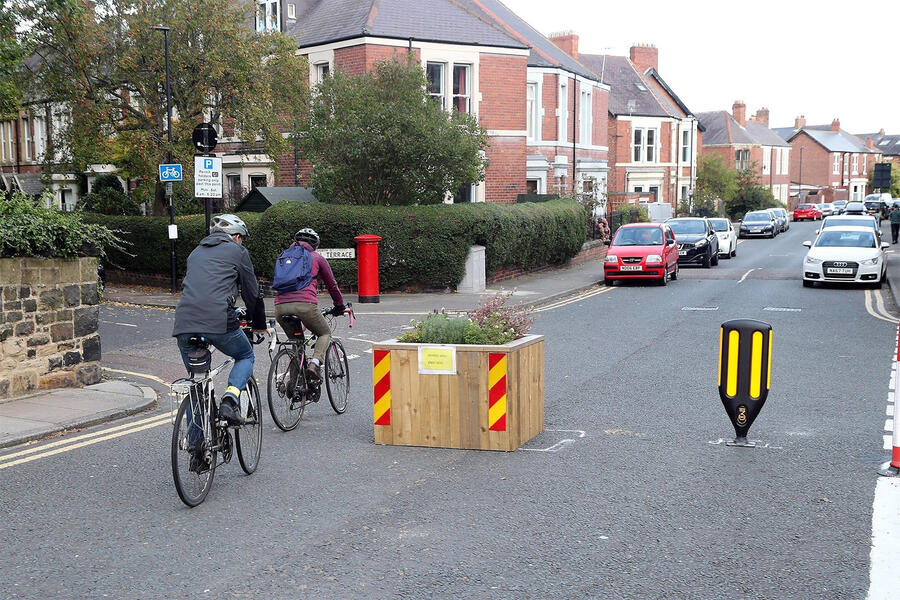The roll-out of Ultra Low Emission Zones (ULEZs), Clean Air Zones (CAZs) and other pollution-reducing schemes in cities across the UK is accelerating in 2021.
Following the implementation of the UK’s first ULEZ in London in April 2019, similar initiatives will be established in other major cities across England and Scotland.
The cities that have confirmed or expected CAZs are:
Bath - 15 March 2021
Birmingham - 1 June 2021
Leicester (expected) - Summer 2021
Oxford (expected) - August 2021
Bradford (expected) - October 2021
London - 25 October 2021
Bristol (expected) - 29 October 2021
Portsmouth - November 2021
Manchester - Spring 2022
Glasgow - Between February and May 2022
Edinburgh - Between February and May 2022
Dundee - Between February and May 2022
Aberdeen - Between February and May 2022
The cities that are planning CAZs are:
Newcastle - 2021
Sheffield - 2021
WHAT ARE CLEAN AIR ZONES AND HOW DO THEY WORK?
The basic premise of CAZs is similar to that of congestion zones. An area is marked out within a city, usually focused on the city centre. Vehicles travelling within this zone and judged to be excessively polluting face charges, depending on the size of the vehicle.
Larger vehicles like HGVs, coaches and buses that do not meet emissions requirements (explained in more detail below) are charged around £100, although this varies between cities. Private hire cars, taxis and regular passenger vehicles that are non-compliant can expect to pay less, but still incur a charge of around £10 a day.
Like London’s already existing ULEZ, the CAZs will be distinguished by signs to make motorists aware that they are entering the zone. They will also be ring-fenced by numberplate recognition cameras. These make a note of every vehicle that passes through the zone and checks them against a database to determine the charge.
The CAZs will, mostly, be in effect 24 hours a day, seven days a week. No reprieve is granted for bank holidays.
WHICH VEHICLES WILL BE AFFECTED?
Since the goal of CAZs is to reduce emissions and improve air quality, zero-emissions vehicles have nothing to fear. However, drivers of vehicles that are not zero-emissions may be liable for charges. Two factors determine whether you will face a charge and at what level: (1) how many emissions your vehicle produces; and (2) what type is it, since, depending on the CAZ class, certain types of vehicles are exempt.
The general rule is that to travel within a CAZ without a charge, your vehicle has to be at least a Euro 4 emission standard compliant petrol model - in other words, registered after January 2006 - or, if it is a diesel, compliant with Euro 6 standards (registered after September 2015). If your vehicle meets these standards, in all probability you will not have to pay a charge.
However, even if your vehicle does fall outside of Euro 4 or 6, you may still be able to avoid a charge, depending on what kind of vehicle it is and the type of CAZ that you wish to drive through. Four types of CAZ exist, each of which targets different classes of vehicles. These are:






















Join the debate
Add your comment
Its all well and good local authorities introducing charges for non compliant vehicles but they need to ensure that the data base they are using to check vehicles is accurate. My vehicle is a euro 6 diesel yet when I use the Birmingham CAZ checker it states I will have to pay the charge however checking it on the London CAZ show my car is compliant. Local authorities could potentially be charging owners when they are not entitled to.
Not going to affect us unduly, we , if we're going into the City we Park up at the Railway Station and go that way, it's less stressful,no worry about parking, time and so on,and especially over the last year, Air has been getting better in heavily populated areas like these, so charging to try and discourage people from using there cars unless they have a disability, which should be free, I hope, Cities I assume have become a bit healthier for people who live and work there.
"The general rule is that to travel within a CAZ without a charge, your vehicle has to be at least a Euro 4 emission standard compliant petrol model - in other words, registered after January 2006" - No, least not for London ULEZ, the car only has to have a Euro4 standard engine of whatever vintage my car is 2002 petrol and is compliant with ULEZ, diesel needs to be Euro6 just so people don't assume they have to get rid of their vehicle as the article suggest because of it's year of manufacture.